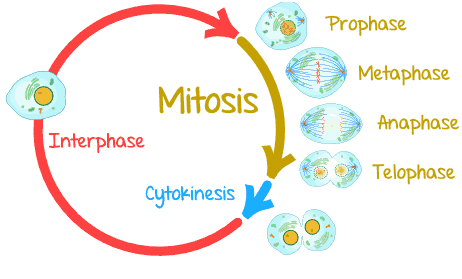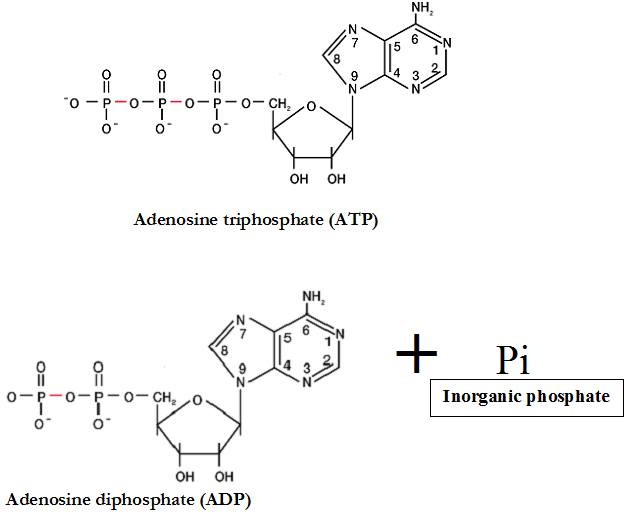Cell theory is the scientific hypothesis that the cell is the basic unit of life found in all living organisms. It holds a fundamental concept in the study of biology. Cell theory describes the properties of cells – which are the basic unit of structure in all living organisms. The cell is also the basic unit of reproduction, and it controls several activities in organisms. The concept and development of the cell theory was largely credited to the innovative works of Matthias Schleiden (1804-1881), a German botanist; Theodor Schwann (1810-1882), a German zoologist; and Rudolf Virchow (1821-1902), a German physician. These scientists are all co-founders of the cell theory. The study of cells (known as cell biology) as the fundamental unit of living organisms was credited to the discovery and invention of the microscope – which allowed scientists and/or biologists to see the unseen world especially small objects or materials too small to be seen by the naked eyes.
VIEWS OF THE CELL THEORY
The views of the cell theory are as follows:
- The cell is the basic and functional living unit of life.
- All living organisms are composed of one or more cells.
- All cells are derived from pre-existing cells either through sexual or asexual reproduction.
- Cells are either unicellular (i.e. single cells) or multicellular (i.e. they are made up of many cells).
It should be noted that the sizes and shapes of a cell are usually adapted to their specific functions inside their host organisms. Cells usually have a characteristic small size in order to maintain an appropriate internal environment (i.e. homeostasis). The small sizes of cells also make available molecules for cell activities, and thus these molecules are transported over a very short distance due to the small nature of the cell. The smallest organisms are usually unicellular (i.e. they contain only single cells), and are thus microscopic. But larger organisms contain many different types of cells which differ in their functions, shape and sizes. Such larger organisms are often called multicellular organisms i.e. they contain many cells.
References
Alberts B, Bray D, Lewis J, Raff M, Roberts K and Watson J.D (2002). The molecular Biology of the Cell. Fourth edition. New York, Garland, USA.
Berg JM, Tymoczko JL, Stryer L (2002). Biochemistry (5th ed.). New York, NY: W. H. Freeman.
Brooks G.F., Butel J.S and Morse S.A (2004). Medical Microbiology, 23rd edition. McGraw Hill Publishers. USA.
Campbell, Neil A.; Brad Williamson; Robin J. Heyden (2006). Biology: Exploring Life. Boston, Massachusetts: Pearson Prentice Hall.
Cooper G.M and Hausman R.E (2004). The cell: A Molecular Approach. Third edition. ASM Press.
Dale J (2003). Molecular genetics of bacteria. Jeremy W. Dale and Simon Park (4th eds.). John Wiley & Sons Ltd, West Sussex, UK. Pp.
Karp, Gerald (2009). Cell and Molecular Biology: Concepts and Experiments. John Wiley & Sons.
Lodish H, Berk A, Matsudaira P, Kaiser C.A, Kreiger M, Scott M.P, Zipursky S.L and Darnell J (2004). Molecular Cell Biology. Fifth edition. Scientific American Books, Freeman, New York, USA.
Madigan M.T., Martinko J.M., Dunlap P.V and Clark D.P (2009). Brock Biology of microorganisms. 12th edition. Pearson Benjamin Cummings Publishers. USA. Pp.795-796.
Maton, Anthea (1997). Cells Building Blocks of Life. New Jersey: Prentice Hall.
Discover more from Microbiology Class
Subscribe to get the latest posts sent to your email.





